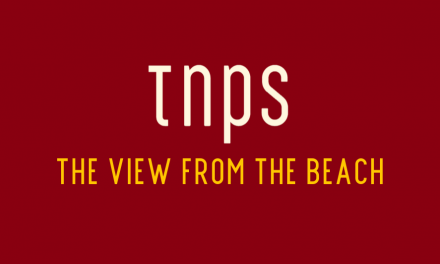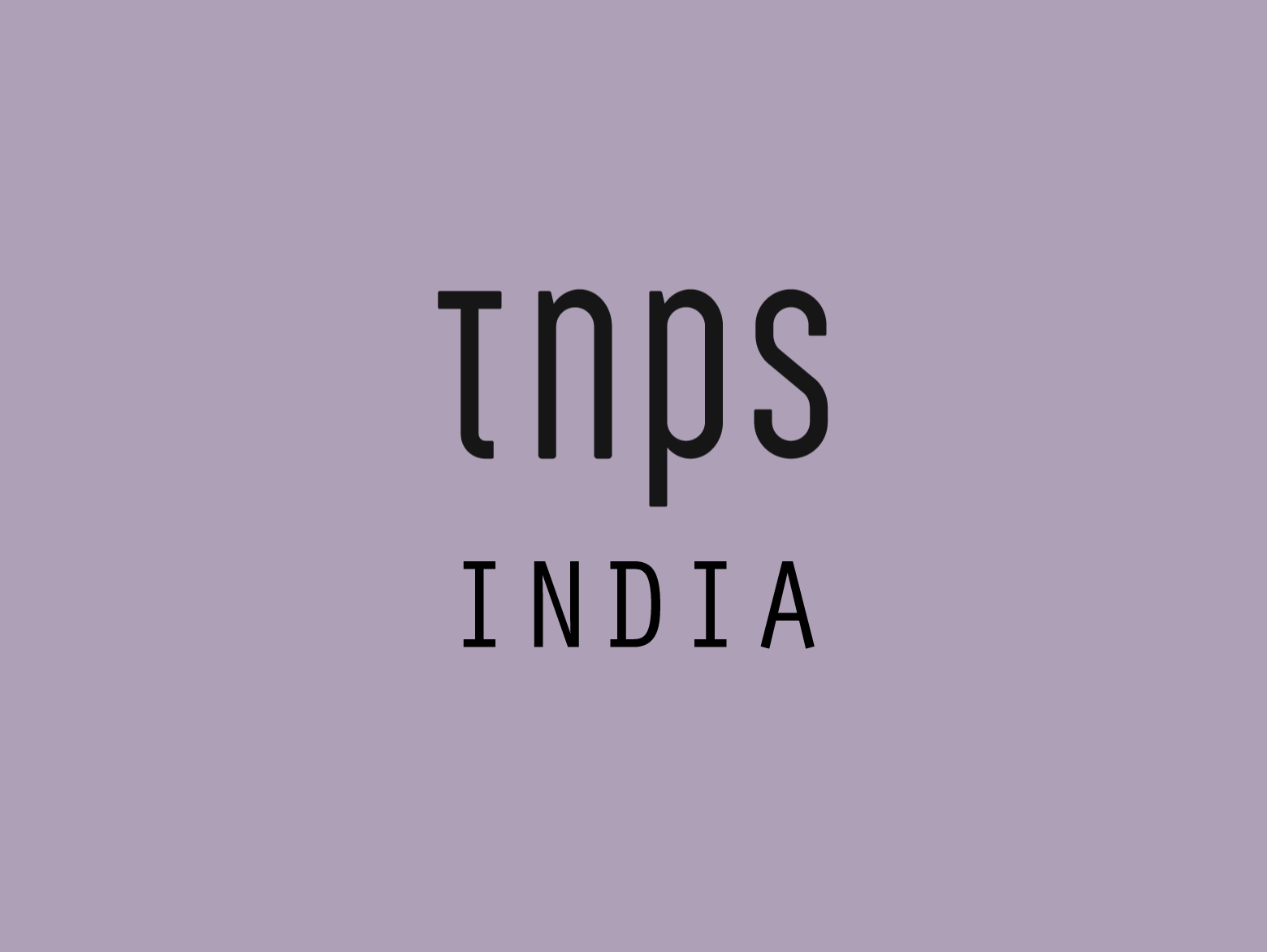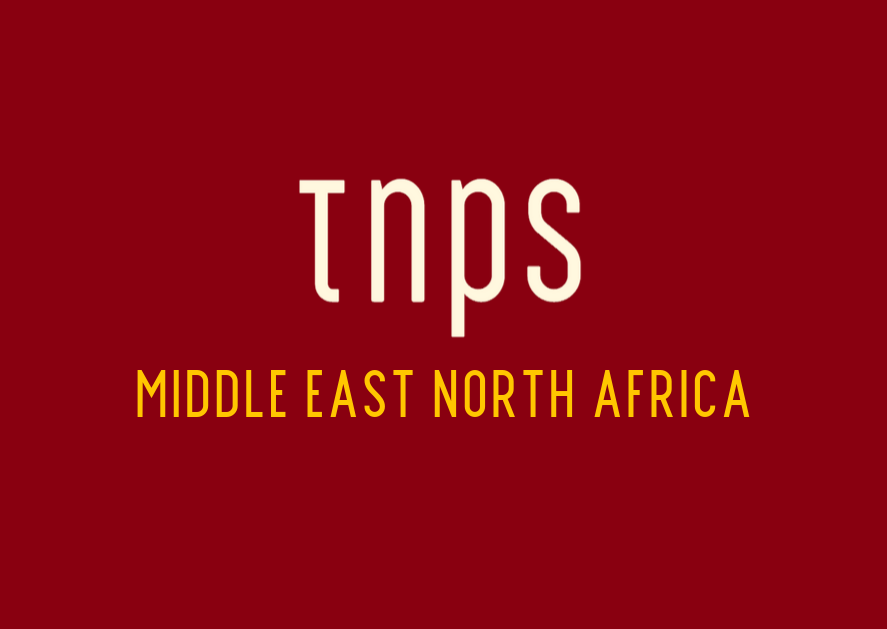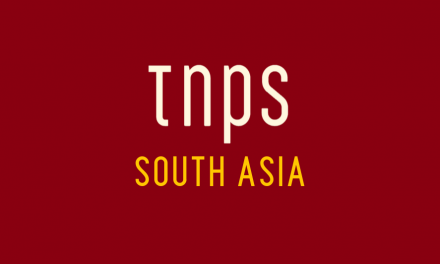The fun is over and the reckoning begins. The 26th Beijing International Book Fair was by all accounts a tremendous success, not withstanding the shadows of Hong Kong and the US-China trade war.
It’s unclear what, if any, impact the situation in Hong Kong had on the Beijing IBF, but we can safely say the US-China trade war hurt deals between publishers and partners in those countries.
Without the trade dispute the 5,996 IP deals, up 5.6% on 2018, might have been much higher.
As it was, 3,840 of the deals were Chinese rights for the global markets – a ratio of 1.78-1.
Among the agreements reached, 3,840 involved selling Chinese titles to world audiences, making the ratio of copyright export and import 1.78 to 1.
That reflects the growing confidence of Chinese publishers to push their content to the global market, and of course growing interest from global publishers in the fast-growing China market.

China Daily reported,
Publishers savored the chances the world’s second-largest book fair delivered. Chinese publishers sought more international cooperation, while foreign publishers saw it as a doorway into not only the Chinese book market but also that of Asia.
Helen Kogan, with the London-headquartered international publisher Kogan Page Publishing, said she has benefited from sales increases in the Chinese market by attending the fair, and she has also expanded trade with South Korean, Vietnamese and Indonesian publishers during the Beijing fair.
The fair attracted 1,600 overseas publishing organizations from 95 countries and regions, including publishers from 30 countries involved in the Belt and Road Initiative.
During the fair, 1,186 book and reading events were held, attracting 320,000 audience members, including 175,000 professionals.
Lots more detail yet to emerge about the Beijing fair, that should shed further light on the global book market and the way China has become such a major force on the global publishing stage.
But perhaps most interesting in the report today were the fleeting references to 5G and its role in the future of publishing
Also, as the book fair strengthens the convergence of new technology and publishing, readers had the chance to see holographic images of writers A Lai and Liu Zhenyun at book talks, as well as Wang Yaping, the female astronaut who traveled into space with the Shenzhou X spacecraft.
5G connections enabled the images to be presented smoothly and with minimum pauses and delay. And wider 5G applications in reading and publishing were also showcased as highlights in the fair.
As the next decade unfurls there will be many more technological advances that will impact on publishing every bit as much as e-readers, smartphones, smartspeakers and social media have impacted the 2010s.
We live in interesting times, where opportunities abound, and things can only get more interesting and opportunities more abundant in the 2020s.
Let’s make the most of them.





